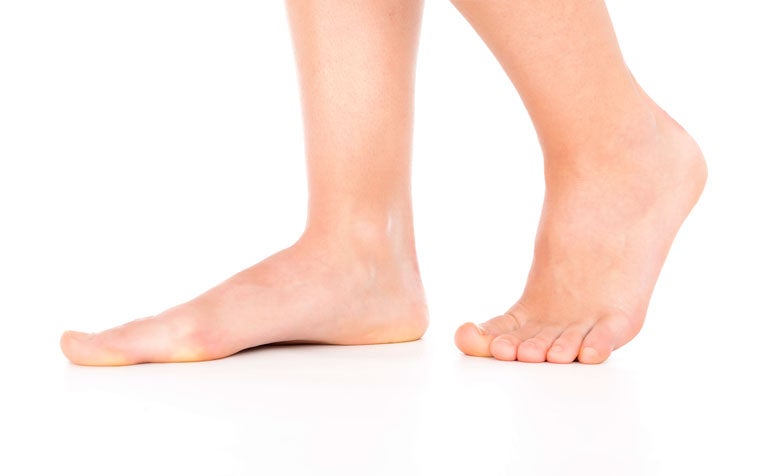
Diabetic foot problems can prevented with a proper foot care regime.
Develop a foot care regime to prevent diabetic foot problems
Conditions like foot corn, callus, ingrown nails or blisters are often painful but simple to treat. In a person with diabetes they can quickly develop into something more sinister. With diabetic nerve damage, they may not be painful and can turn into a diabetic foot ulcer. Once such an ulcer develops, there is a risk of infection, which can occasionally be very difficult to treat in people with a reduced blood supply to their feet.
No matter how often patients come to our podiatry clinics at SGH, they ultimately remain in charge of their care the vast majority of time. Proper treatment and education by the podiatrist is essential, but even more important is what the patient does away from the clinic. Following the regime below will go a long way towards preventing problems:
- Apply moisturising cream to the feet and legs every day. However, do not apply it in between the toes as the skin there is thinner and can macerate and split more easily.
- File toe nails regularly to a normal length and thickness. This should be done at least once a week.
- File any hard skin patches on the sole of the feet, on the tip of the toes or on the upper side of the toe joints to keep them from building up. This should be done at least once a week. Removing hard skin prevents foot ulcers from forming underneath.
- Check both feet every day, especially the soles and in-between the toes. Being familiar with what your feet look like makes it easier to spot any changes.
- Don’t self-diagnose or wait-and-see. Always see your podiatrist if you notice a change in your feet or if you are concerned.
Wear good footwear to prevent foot injuries
Poor fitting shoes are likely to cause problems such as corns, calluses and blisters. These can all result in more serious problems over time. Follow these preventive tips:
- Wear comfortable shoes that fit your foot size and foot shape as well as offer good protection and support. Strong supportive shoes with laces or straps are the best (see pictures below).

- Wearing well-protected footwear is important if you have diabetes.
- Slippers or women’s ballet shoes offer poor support or protection, if at all. They can also cause a build-up of foot corn and hard skin.
- Before wearing your shoes always feel around the inside of the shoe for any foreign objects or rough or protruding stitching. If you have a loss of sensation, these may go unnoticed and cause injury.
- Avoid walking barefoot. Again, if you have a loss of sensation, stepping on a sharp object could result in complications.
Exercise regularly
The benefits of exercise are well known for their independent impact on health and well-being. Exercise and other good habits can also help to keep the blood flowing to your feet. Walking is a good exercise, so try getting off the MRT or the bus a stop early. Consider taking a short walk up the stairs instead of the lift. For the feet try the following:
- When sitting, spend some time moving your ankles in a circular motion and wiggling your toes.
- When standing, go up and down on your toes a few times every minute.
- Avoid putting your feet up when sitting. Gravity helps to get blood to the feet.
- Avoid crossing the legs when sitting as it can pinch off blood supply.
Some final tips for protecting your feet when you have diabetes
- Protect your feet from hot and cold, wear footwear on the beach and hot pavements, and don’t test bath water temperature with your feet.
- Be prepared: Know how to contact your podiatrist or doctor should you notice any changes in your feet.
By being vigilant and staying healthy, you will reduce your risk of developing complications in your feet and maintain good mobility.
Ref: S13
Contributed by


















 Get it on Google Play
Get it on Google Play